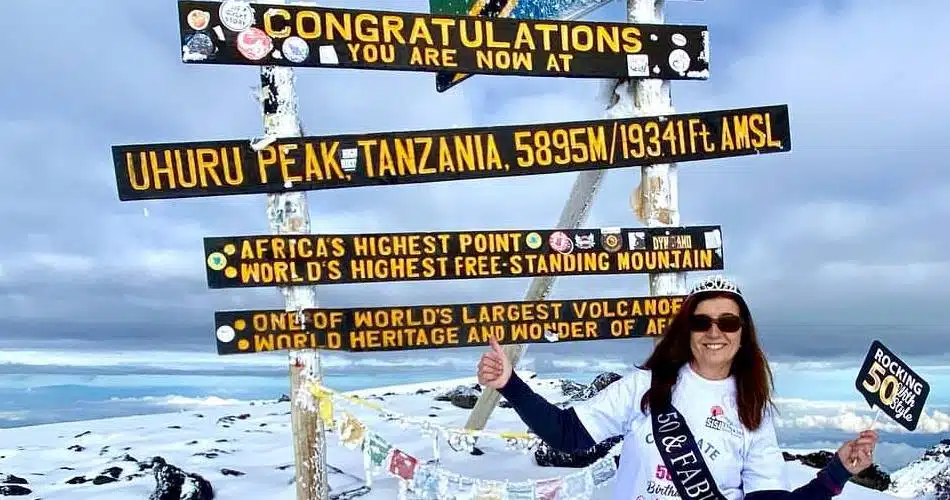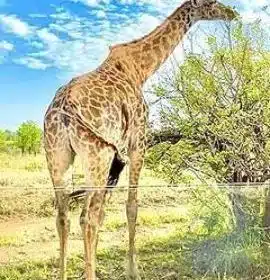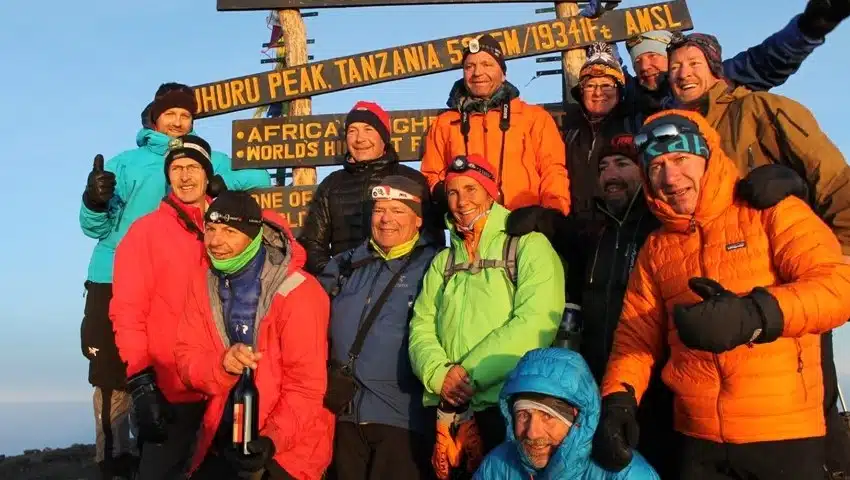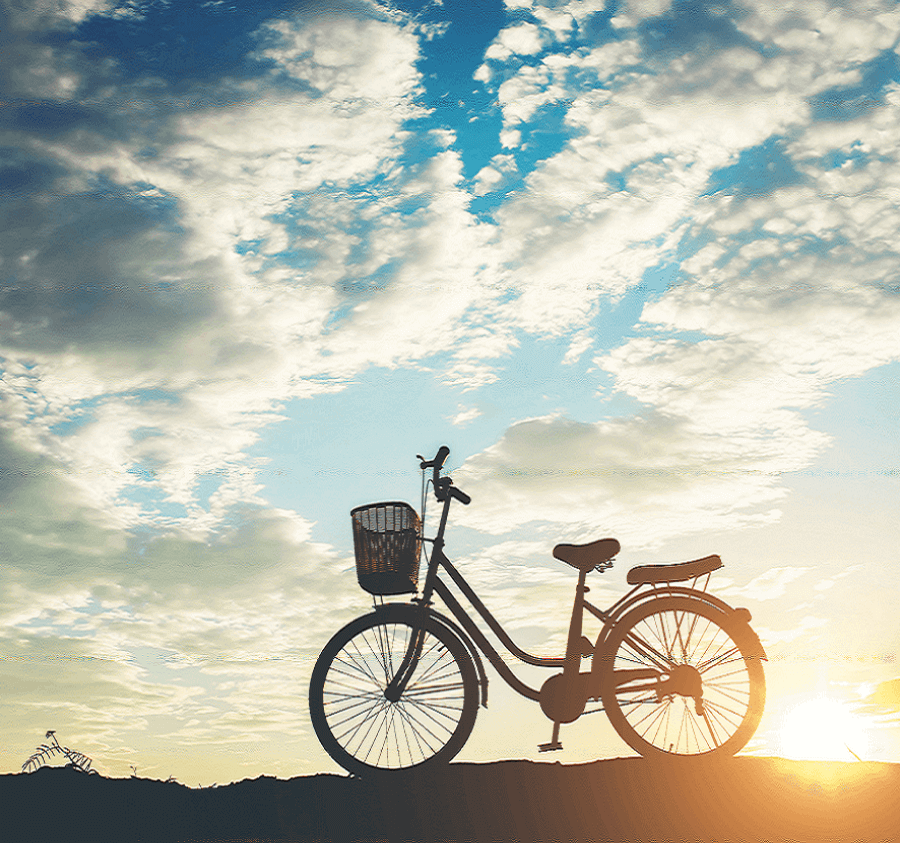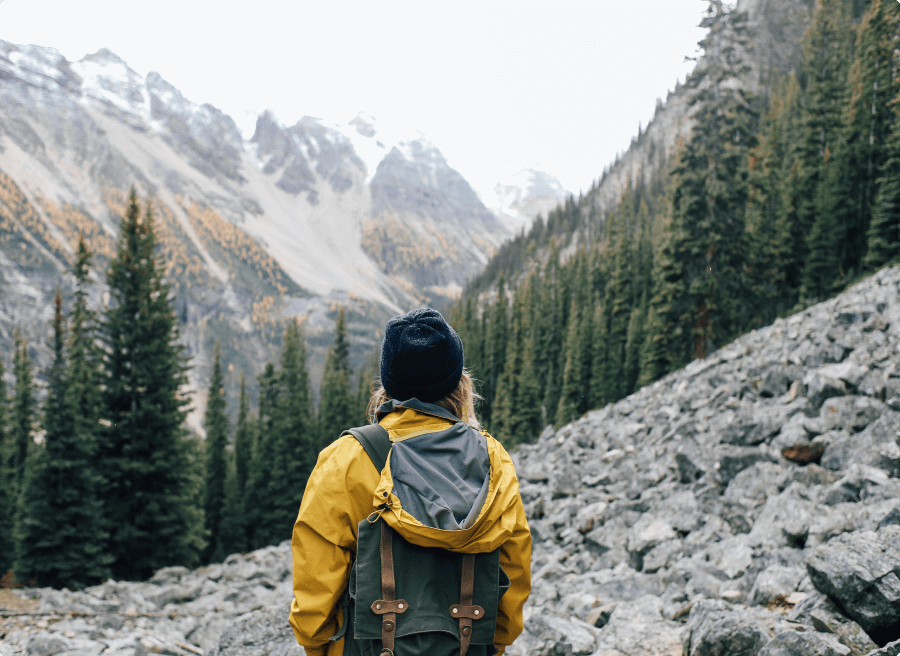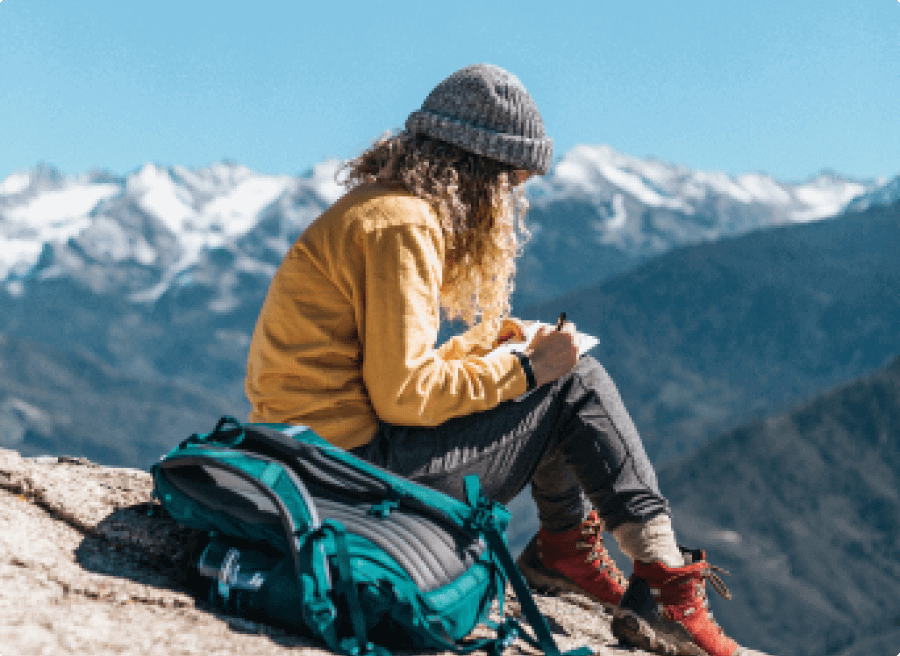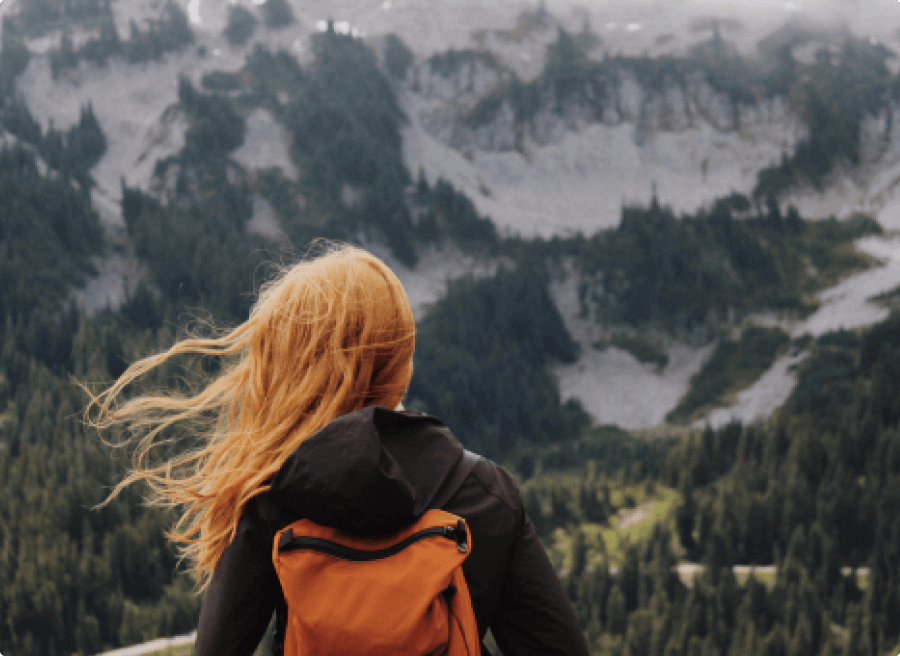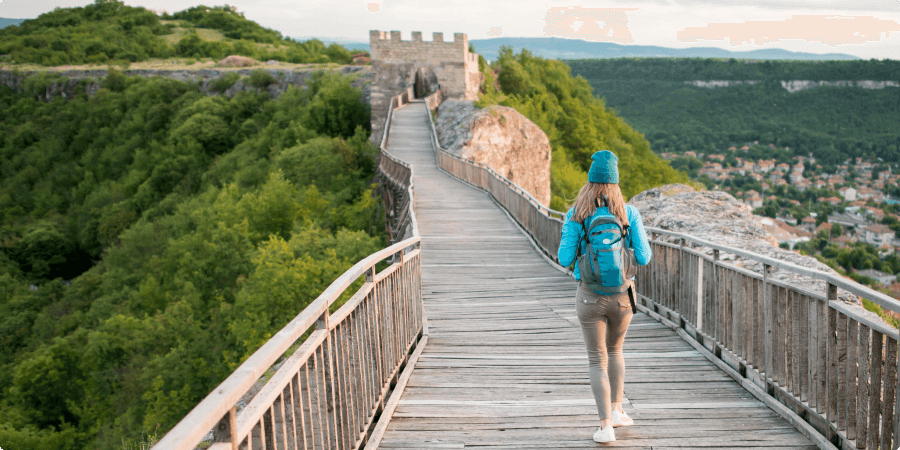Mount Kilimanjaro Height
Mount Kilimanjaro Height – is the highest mountain in Africa and is located in Tanzania. It is a dormant volcanic mountain and has three distinct volcanic cones: Shira, Mawenzi, and Kibo. The summit of Kibo, called Uhuru Peak, is the highest point in Africa and stands at an elevation of 5,895 meters (19,341 feet) above sea level.
Climbing Mount Kilimanjaro is a popular activity for adventurous travelers and mountaineers. Despite being the highest mountain in Africa, it is considered one of the easier Seven Summits to climb. However, it is still a challenging climb and requires proper preparation and acclimatization. The mountain has several trekking routes, each with its own unique characteristics and difficulty level. With proper planning and guidance, climbing Mount Kilimanjaro can be a rewarding and unforgettable experience.
Height of Mount Kilimanjaro
When discussing Mount Kilimanjaro, one of the most important topics to cover is its height. As we explore this topic, we will look at the summit height and base height of the mountain.
Facts about Mount Kilimanjaro
- Mount Kilimanjaro is the tallest mountain in Africa and the highest free-standing mountain in the world, rising to an elevation of 5,895 meters (19,341 feet) above sea level.
- The mountain is located in Tanzania, East Africa, and is part of Kilimanjaro National Park, a UNESCO World Heritage Site.
- Mount Kilimanjaro is a dormant stratovolcano with three volcanic cones: Kibo, Mawenzi, and Shira. Kibo is the highest peak and is home to the iconic Uhuru Peak.
- Despite being located near the equator, Kilimanjaro’s summit is permanently snow-capped due to its high elevation and unique microclimates.
- Climbing Kilimanjaro is a popular adventure activity, attracting thousands of climbers from around the world each year. The trekking routes vary in difficulty and duration.
- Kilimanjaro is known for its five distinct ecological zones, each offering different vegetation and wildlife: farmland, rainforest, heath and moorland, alpine desert, and arctic zone.
- The first recorded successful ascent of Kilimanjaro was in 1889 by German geographer Hans Meyer and Austrian mountaineer Ludwig Purtscheller.
- The mountain has significant cultural and spiritual importance to the local Chagga people, who believe it to be a sacred place.
- Due to climate change, the glaciers on Kilimanjaro have been receding over the past century. Scientists estimate that they may disappear completely within the next few decades.
- Kilimanjaro’s weather and climate can vary greatly depending on the altitude and time of year. It is important for climbers to be prepared for a wide range of conditions.
- The mountain’s popularity has led to concerns about environmental impact and sustainability. Efforts are being made to promote responsible and eco-friendly trekking practices.
- The breathtaking views from the summit of Kilimanjaro include the surrounding plains of Tanzania and Kenya, as well as the distant Mount Meru, another significant volcanic peak.
Summit Height
Mount Kilimanjaro is the highest mountain in Africa and the highest single free-standing mountain above sea level in the world. Its summit height is approximately 5,895 meters (19,341 feet) above sea level, according to Wikipedia. This is the figure that was calculated by British cartographers in 1952 and is still widely accepted today.
Base Height
The base height of Mount Kilimanjaro is not as straightforward as its summit height. The mountain does not rise up from a plain, but rather from a plateau. The elevation of this plateau is approximately 900 meters (2,953 feet) above sea level, according to National Geographic.
From the plateau, the mountain rises in a typical volcanic curve to the summit. The slope of Mount Kilimanjaro is steeper than many other mountains, which contributes to its impressive height. The final ascent to the summit is a steep climb that can take several days, depending on the route taken and the fitness level of the climber.
In conclusion, the height of Mount Kilimanjaro is an impressive feat of nature. Its summit height of 5,895 meters (19,341 feet) above sea level and base height of approximately 900 meters (2,953 feet) above sea level makes it a challenging and rewarding climb for adventurers from around the world.
Climbing Mount Kilimanjaro
Climbing Mount Kilimanjaro is a challenging but rewarding experience. At 19,341 feet (5,895 meters), it is the highest peak in Africa and the world’s tallest free-standing mountain. To prepare for the climb, we need to consider the difficulty level and the acclimatization process.
Difficulty Level
The difficulty level of climbing Mount Kilimanjaro varies depending on the route chosen. The Marangu route is considered the easiest, while the Machame and Lemosho routes are more challenging. The Rongai and Northern Circuit routes are longer and offer a more gradual ascent, making them a good choice for acclimatization.
The climb itself is a long and strenuous hike that requires physical fitness and mental toughness. We will be hiking for several hours each day, with the final push to the summit starting in the middle of the night. The altitude and changing weather conditions can also add to the difficulty.
Acclimatization
Acclimatization is an essential part of climbing Mount Kilimanjaro. It is the process of adjusting to the high altitude and decreasing oxygen levels. We will need to take our time to allow our bodies to adjust to the altitude. This means hiking slowly and taking frequent breaks.
To aid in acclimatization, we will be spending several days on the mountain. During this time, we will be hiking to higher altitudes during the day and sleeping at lower altitudes at night. This allows our bodies to adjust gradually to the altitude and helps prevent altitude sickness.
In addition to taking our time and acclimatizing, we can also take other measures to help prevent altitude sickness, such as staying hydrated, eating a balanced diet, and taking altitude sickness medication if necessary.
Overall, climbing Mount Kilimanjaro is a challenging but rewarding experience. By understanding the difficulty level and acclimatization process, we can prepare ourselves for the climb and increase our chances of reaching the summit.
Weather Conditions on Mount Kilimanjaro
When planning a climb up Mount Kilimanjaro, it is important to be aware of the weather conditions on the mountain. The weather can vary greatly depending on the time of year and the altitude of the climber. In this section, we will discuss the weather conditions during the dry and wet seasons.
Dry Season
The dry season on Mount Kilimanjaro runs from June to October and from December to February. During this time, the weather is generally dry and sunny, with clear skies and little to no rain. However, it is important to note that the weather can still be cold, especially at higher altitudes.
Temperatures during the day can range from 20°C to 27°C (68°F to 81°F) at lower altitudes but can drop to as low as -7°C (19°F) at night at higher altitudes. It is important to be prepared for these temperature changes by bringing warm layers and a good sleeping bag.
Wet Season
The wet season on Mount Kilimanjaro runs from March to May and from November to December. During this time, the weather can be unpredictable, with rain and thunderstorms occurring frequently. This can make climbing more difficult and dangerous, as the trails can become slippery and visibility can be reduced.
Temperatures during the day can range from 15°C to 20°C (59°F to 68°F) at lower altitudes but can drop to as low as -5°C (23°F) at night at higher altitudes. It is important to bring rain gear and waterproof clothing during the wet season to stay dry and warm.
Overall, it is important to be prepared for all types of weather conditions when climbing Mount Kilimanjaro. By understanding the weather patterns during the dry and wet seasons, climbers can better prepare themselves for a safe and successful climb.


